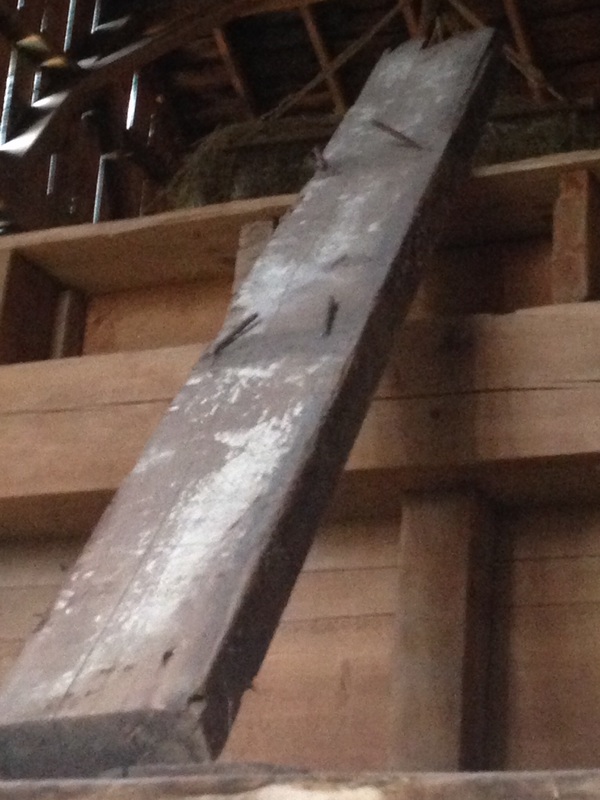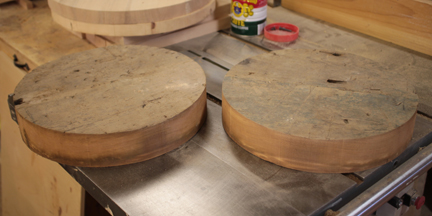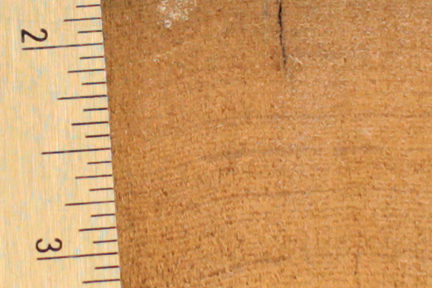Some of the information noted here may be incorrect. I will make notes here and will update the info as my research continues.
| | This piece of wood was found in the loft of the barn at the WCMA site. We are doing some research to try to nail down the dates for this piece. The nails indicate that the earliest is around 1910 to 1920. This is when 'wire' nails came into common use.
|
There are about 2.5 year rings per 1/16 inch which means that the tree was between 720 and 800 years old when cut. This suggests that the earlier dates are accurate as this was the time when they were still cutting first growth trees out west.
Meanwhile, as research continues, I have made two bowl blanks from the wood. I will be preparing them for turning.
More to come...
Meanwhile, as research continues, I have made two bowl blanks from the wood. I will be preparing them for turning.
More to come...




 RSS Feed
RSS Feed
